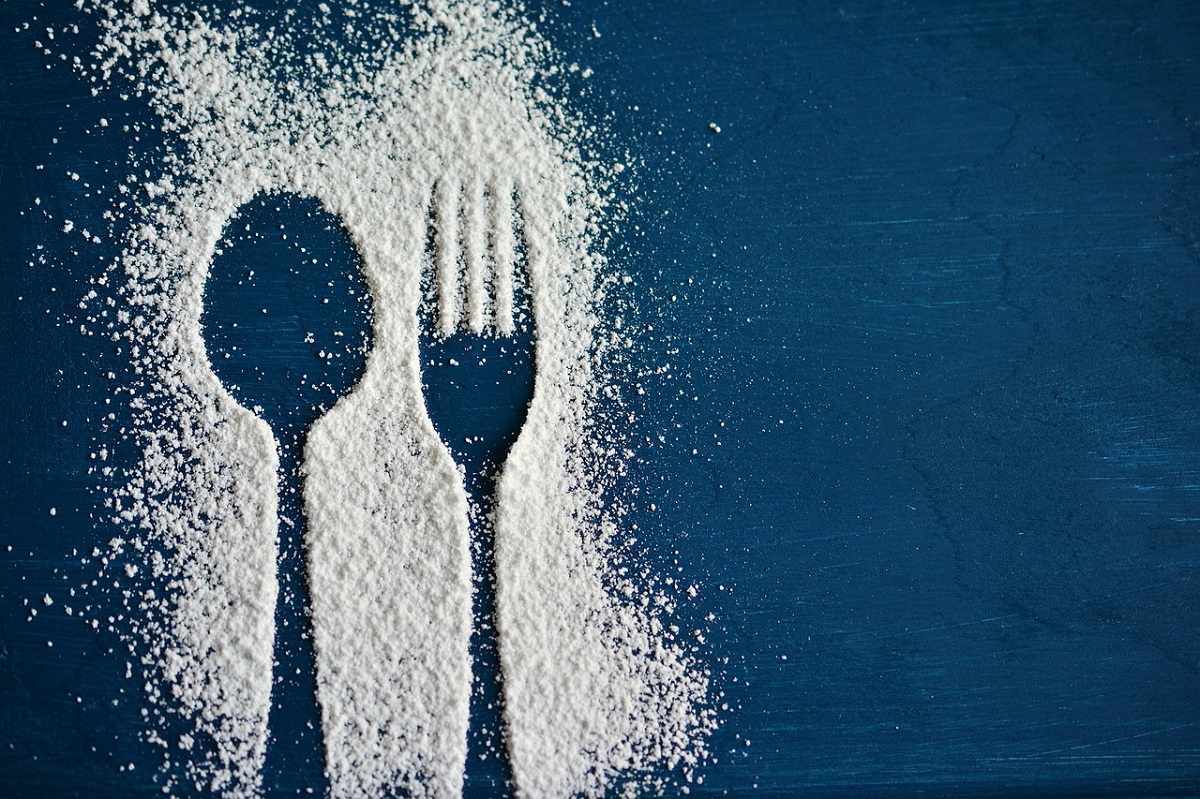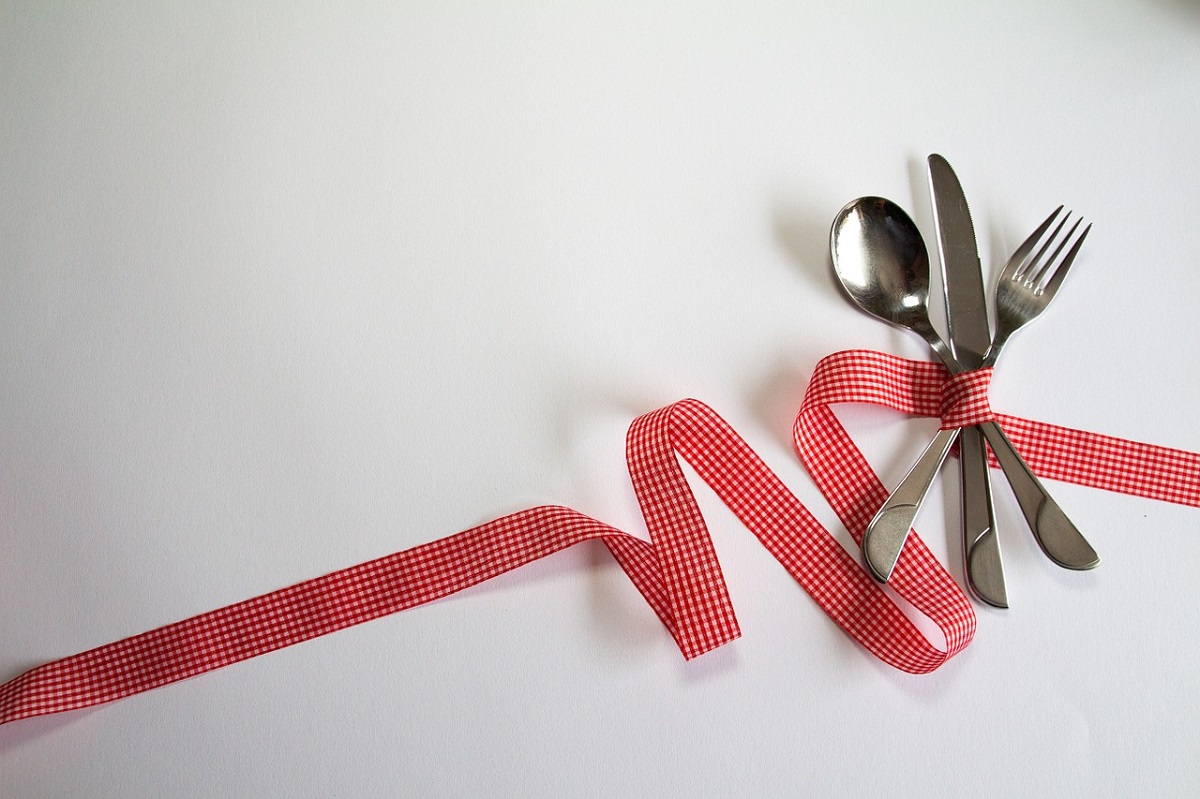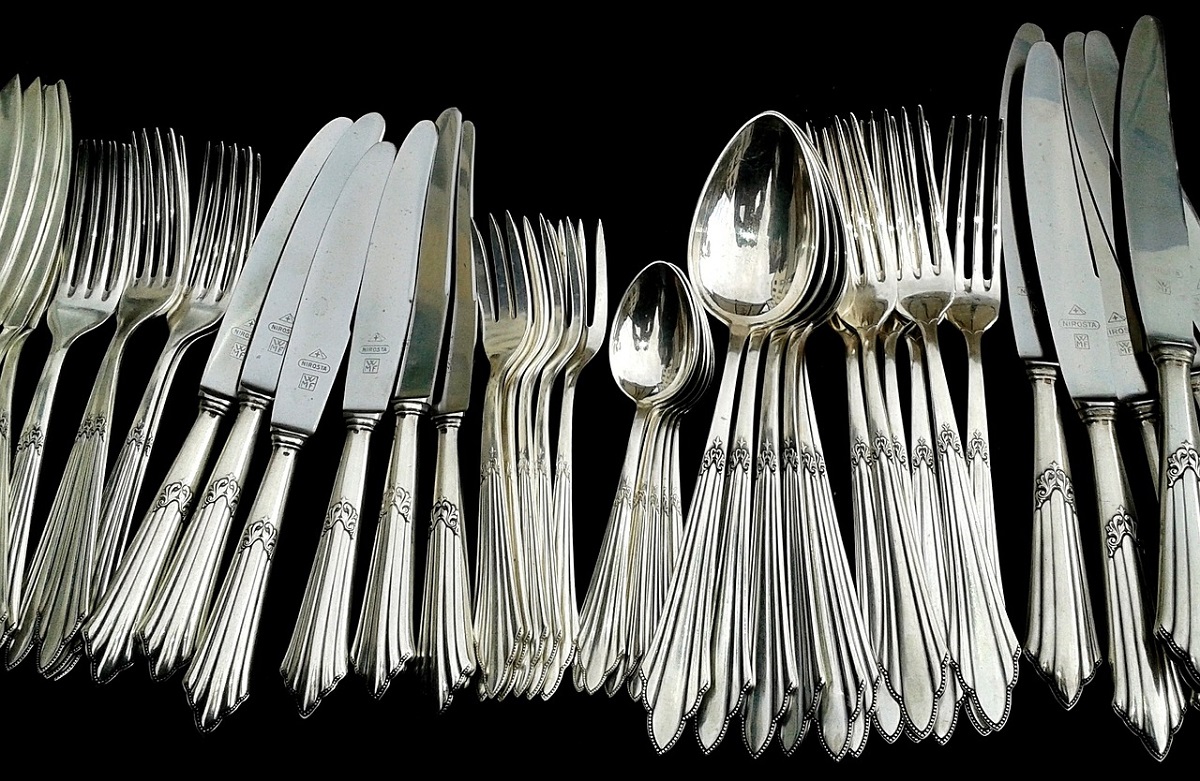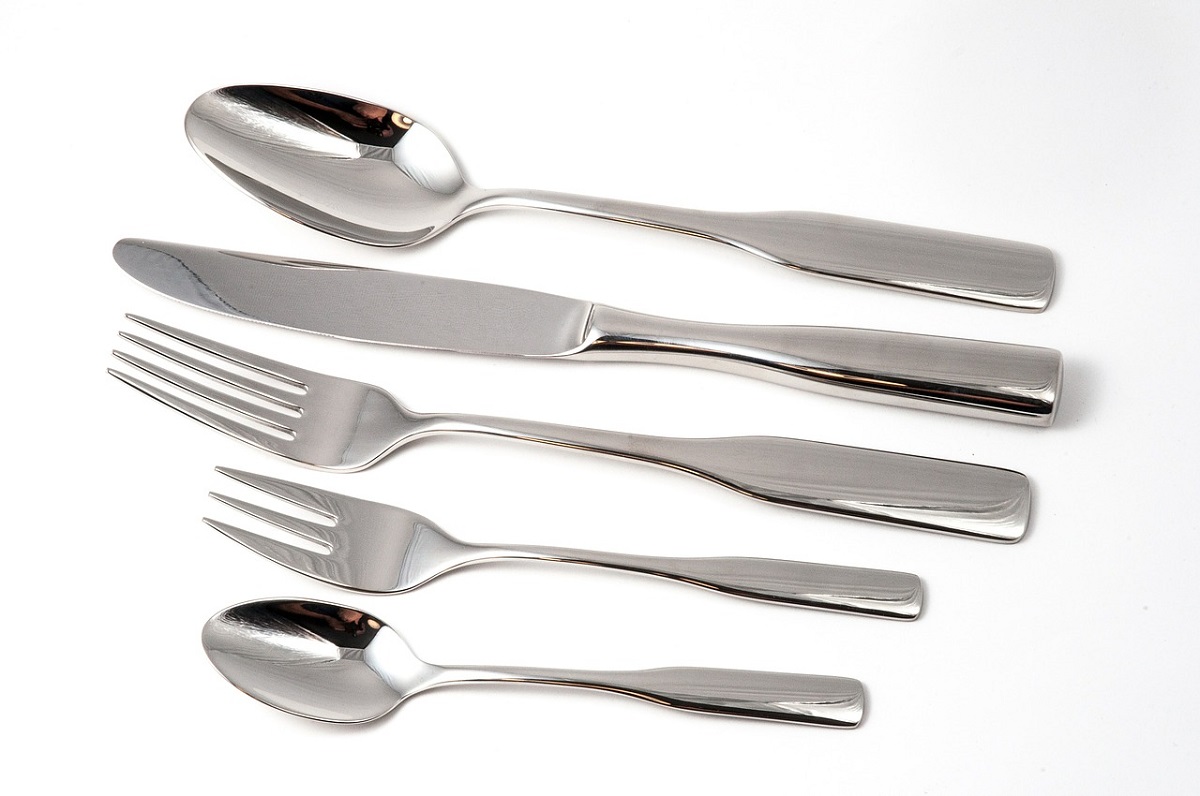What do you need to know about food-grade stainless steel?
- Common grade series for of food-grade stainless steel
- Composition numbers of food-grade stainless steel
- Can be used for food storage
- Food-grade stainless steel for cutlery
- Stainless steel surgical tools
- Type of food-grade stainless steel for knives
Food-grade stainless steel from suppliers in Metro Manila can be a long term investment for a number of industries. For the food industry, certain grades of stainless steel are used for its resistance to corrosion and for its ability to withstand high heat. For the medical industry, stainless steel is utilized because of its durability and because it is easy to decontaminate. Take note that each metal grade has its own properties, and some may be a better fit for certain uses than others.
Read on to learn more about food-grade stainless steel.
Common Grade Series for of Food-Grade Stainless Steel

Stainless steel “grades” are based on its durability, quality, and resistance to extreme temperatures. Food-grade stainless steel refers to those that are safe to be in contact with either food for consumption or directly with the inside of the human body. The three popular grades are those of the 200 series, 300 series, and the 400 series.
200 Series
The 200 series is one of the less expensive kinds of food-grade stainless steel. However, it is also one of the grades less resistant to corrosion. This makes it more ideal for the creation of stainless steel food containers that house non-acidic food items.
300 Series
In terms of cooking, the ideal grade from the 300 series is either 304 or 316. This type is extremely durable and can withstand extreme heat, which makes it the perfect material for cooking pans. It is also resistant to corrosion, which means that it can cook a number of types of food. However, this type of steel may start to corrode once exposed to too much salt, so it is for the best to clean the pan right after use.
400 Series
The 400 series is unique as it has the ability to retain corrosion resistant properties despite being broken down. Grades from this series are what is used to make stainless steel knives due to its ability to retain its edge. Its properties also make it incredibly easy to clean and makes it resistant to stains that it could obtain from a number of ingredients.
Besides the steel grades, it is also important to be aware of the numbers of food-grade stainless steel. These numbers also have different properties to them.
Composition Numbers of Food-Grade Stainless Steel
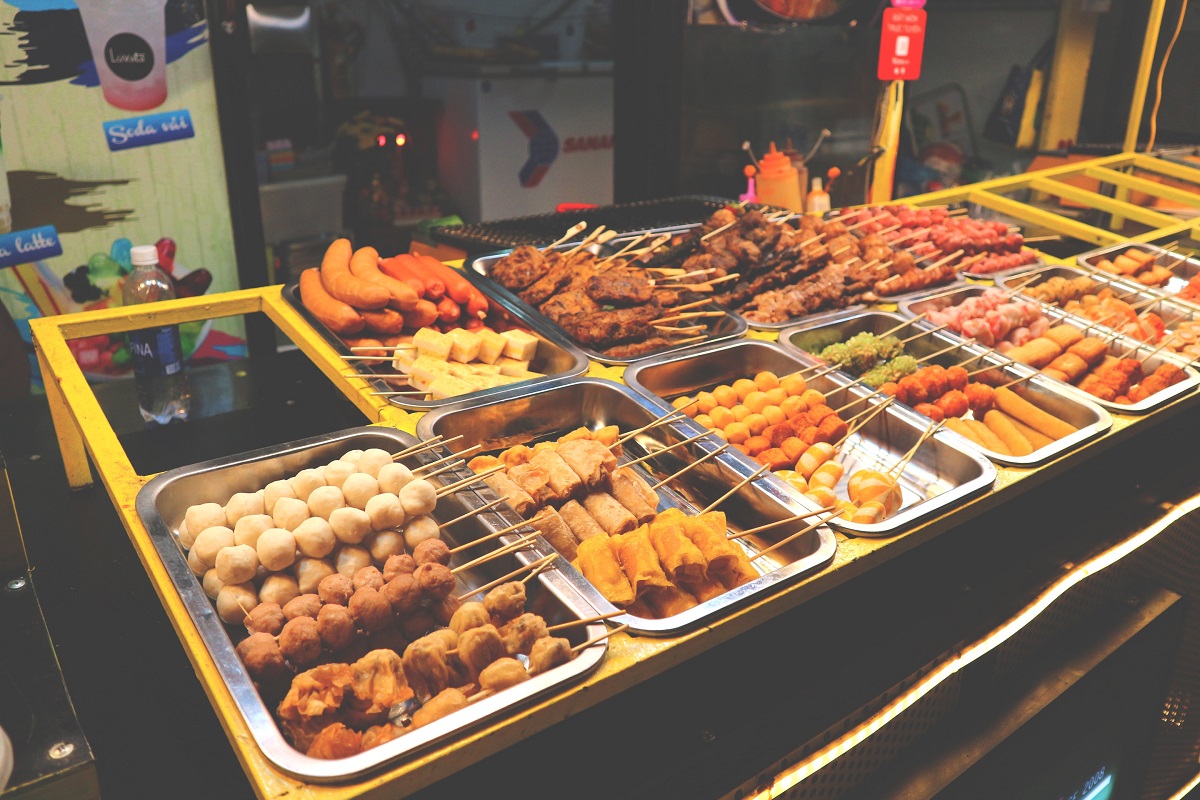
The numbers used to label stainless steel refers to the amount of chromium and nickel in the product. They are usually labeled as “A/B” with the A factor being the amount of chromium and the B factor being the amount of nickel.
18/8 and 18/10
18/8 and 18/10 are both parts of the 300 series. These two grades are well known to be used in food preparation and dining equipment. 18/8 is composed of 18% chromium and 8% nickel while 18/10 is composed of 18% chromium and 10% nickel. The more nickel the product consists of, the more durable it is. Which makes these grades ideal to continuously handle and store ingredients.
18/0
18/0 is part of the 400 series and consists of 18% chromium and 0.75% nickel. It is also referred to as Type 430 and its combination makes the product more susceptible to corrosion compared to 18/8 or 18/10. However, 400 series is also home to grade 416 and 420, which are considered the “cutlery grade” as they are ideal for sharpening and for being corrosion resistant.
When purchasing food-grade stainless steel, make sure to look into the grades and numbers of the products to ensure that they are safe to use.
Can Be Used for Food Storage
In terms of storage, it is important to keep track of the pH levels of each ingredient. This is because some food-grade stainless steel is susceptible to corrosion from salt and acidic properties. However, the 300 series is an ideal type of steel for food storage. Specifically, grade 316 is an austenitic stainless steel alloy that has a high resistance to acids, alkalis, and chlorides such as salt. It is also incredibly durable and will retain its shape no matter what ingredients you put inside of it.
Besides food storage, there are food-grade stainless steel items made for continuous use.
Food-Grade Stainless Steel for Cutlery

One of the most popular types of food-grade stainless steel is grade 304. It is ideal for shaping into cutlery because of its bright shine. Besides its attractive appearance, 304 is also extremely resistant to corrosion and rust, making it an ideal option to be used during meal times. However, too much exposure to salt can corrode this type, so make sure to clean your utensils right after using it.
For those looking for a sharper edge, there are specific types of food-grade stainless steel that can be sharpened.
Type of Food-Grade Stainless Steel for Knives
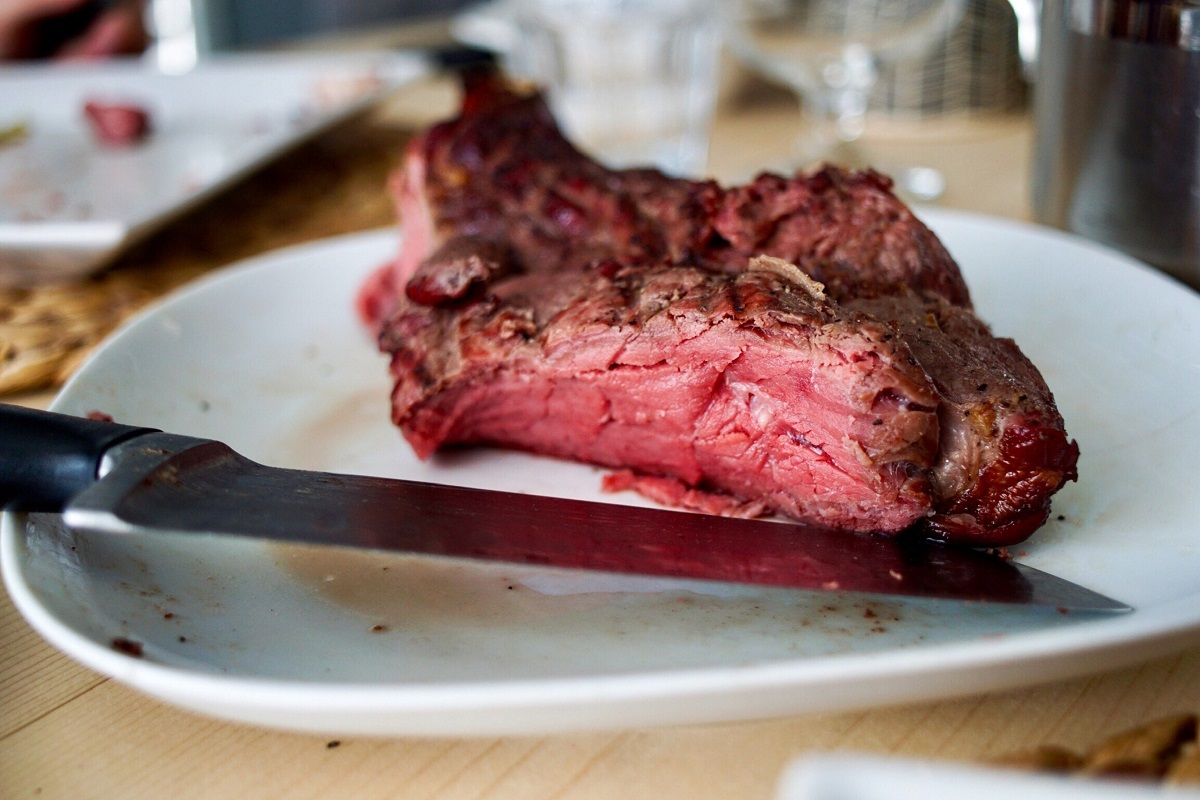
Grade 420 is considered as “surgical steel”. This is because this type contains an element called molybdenum, which makes it more resistant to corrosion. It can also be sharpened multiple times, which makes it the perfect material for kitchen knives. However, compared to the 300 series, the 400 series is more brittle and may snap off if put under too much pressure.
Aside from the food industry, food-grade stainless steel also includes equipment used in the medical industry.
Stainless Steel Surgical Tools
Along with grade 420, grade 316 is also considered “surgical steel”. It is incredibly durable and can withstand cutting through bones, muscles, and other hard body parts. It also has a higher resistance to corrosion compared to other cutting instruments. This makes it ideal to come into contact with a number of bodily fluids and still maintain its shine after being cleaned.
These are just some of the things that you need to know when it comes to food-grade stainless steel.
Key Takeaway
It is crucial to be aware of the kind of steel certain items are made up of, especially when it comes in contact with the human body. This is why medical professionals prefer the durability of stainless steel to last through even the most intense of surgeries. Trust stainless steel in the food industry for its non-corrosive property no matter what kind of ingredients it may encounter. Avail of food-grade stainless steel from suppliers in Metro Manila to assure your safety.


